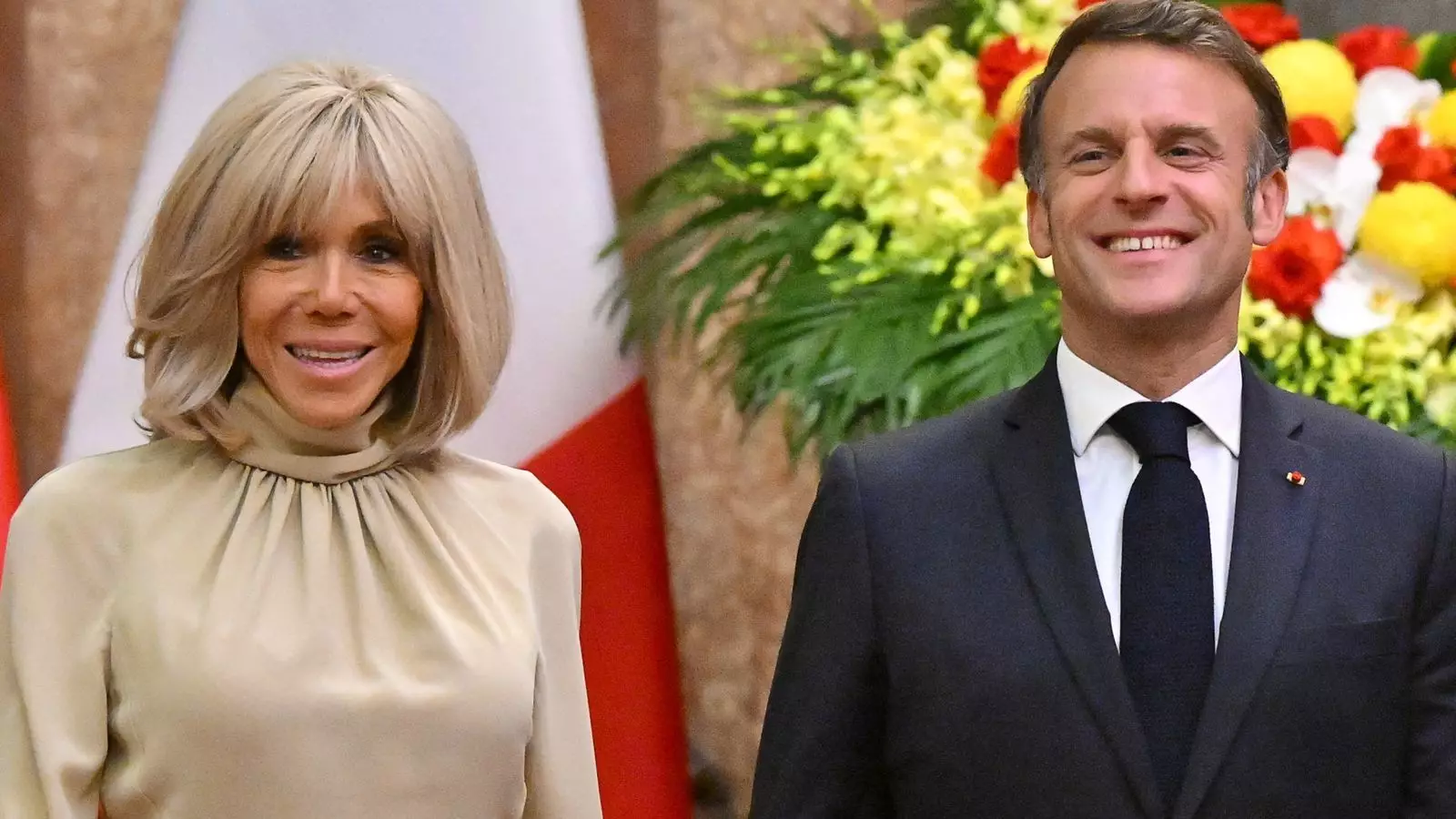The recent announcement of President Emmanuel Macron’s state visit to the UK reveals more than just diplomatic protocol; it exposes a broader shift in how royal and political institutions present their international relationships. Instead of the usual grandeur centered around Buckingham Palace, the event is set in Windsor, signaling a notable departure from traditional displays of power. While on the surface, this move may seem modest or even practical—perhaps due to ongoing refurbishments—it subtly undermines the opulence historically associated with such diplomatic occasions. This change suggests a recalibration of royal diplomacy, one that leans more into intimacy and relatability rather than grandeur and spectacle. But does this new approach genuinely strengthen relations, or does it dilute the significance of the UK’s diplomatic stature?
The move to Windsor, a historic but somewhat quieter royal seat, indicates a desire to craft a softer, more personal image. The choice to meet Macron off the plane at RAF Northolt, instead of a grand announcement at Buckingham Palace, further exemplifies this shift. Such gestures, while warm and personable, risk diminishing the authoritative grandeur that traditionally reinforces the UK’s diplomatic prestige. This subtle shift raises questions: are these actions enough to demonstrate strength on the world stage, or do they reflect a blurring of boundaries that could erode the country’s diplomatic authority?
Royalty as a Diplomatic Tool: A Double-Edged Sword
The modern monarchies have long relied on the monarchy’s neutral but influential position to foster goodwill and facilitate diplomacy. However, the current approach seems increasingly centered on creating moments of personal connection—carriage rides, private visits, and shared interests. While these elements can humanize the royal figurehead and make diplomacy feel more accessible, they risk turning the royal visit into a superficial display rather than a forceful assertion of national interests.
The inclusion of a carriage procession and a grand banquet, though traditional, feels somewhat insubstantial when viewed against the backdrop of global politics’ complexities. In an age where international diplomacy increasingly hinges on strategic alliances, economic power, and soft influence, these ceremonies may appear decoratively hollow if not backed by tangible policy commitments. The focus on symbolism—viewing historic horse gifts, royal carriages, and family tombs—may obscure the reality that diplomatic strength depends more on strategic engagement than on pageantry.
Moreover, the absence of clear, ambitious outcomes from Macron’s visit hints at the ritualistic nature of modern state diplomacy. While the Macron visit includes significant moments like addressing parliament and visiting Downing Street, these are familiar gestures. The question remains whether such visits translate into meaningful collaborations or merely serve as photo ops that bolster the monarchy’s soft power without delivering substantive benefits.
Personal Touches and Public Relations: A Double-Edged Sword
The personal touches—viewing a horse gifted to Queen Elizabeth II, examining royal carriages from the 19th century, and laying flowers at the late Queen’s tomb—are undeniably charming. They serve to reinforce the narrative of continuity, tradition, and shared history. Yet, in the realm of geopolitics, where influence is often defined by economic leverage and strategic alliances, these moments risk being mere window dressing. They may appeal to the public’s romanticism but do little to address pressing global issues, such as climate change, security, or economic cooperation.
Furthermore, the lack of confirmation about Kate Middleton’s participation demonstrates a cautious and perhaps calculated display of engagement. The royal family’s selective involvement sends a message about the importance placed on this visit but also underscores the underlying uncertainty about how these engaging gestures translate into actual diplomatic progress. Such moments are intended to evoke emotional resonance, but in the end, they often fall short of producing any tangible change or influence.
The question of whether these rituals serve PR purposes more than diplomatic realities is unavoidable. The royal family’s role in international relations is increasingly focused on image-building rather than policy advocacy. While soft power definitely has its place, an overreliance on superficial charm can weaken the UK’s credibility on the global stage, especially amid complex geopolitical crises where visible leadership and decisive action are required.
As the UK and France stage their diplomatic ballet in Windsor, it becomes evident that the focus is shifting from substantive policy engagement to carefully curated moments designed for image enhancement. While these routines may generate positive feelings and reinforce cultural bonds, they risk overshadowing the critical realities of international diplomacy—power, influence, and strategic interests.
The decision to move the event out of Buckingham Palace is symbolic of this trend: an attempt to modernize and humanize diplomacy, but potentially at the expense of gravitas. The grand ceremonies’ traditional veneer remains, yet beneath it, the core diplomatic exchanges seem increasingly superficial, built more on sentiment than on strategy. The royal family’s role as diplomatic intermediaries must be balanced carefully; excessive reliance on spectacle may ultimately weaken the very influence these visits aim to bolster.
In a world where genuine leadership requires more than ceremonies and photo ops, the UK must ask whether its current diplomatic approach is enough—or if it is simply resting on historic laurels while the world moves forward.

